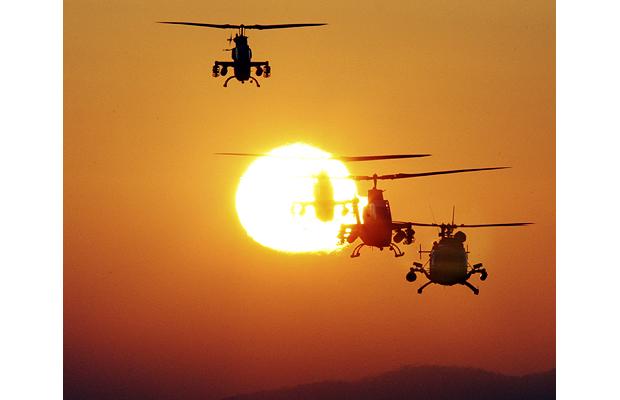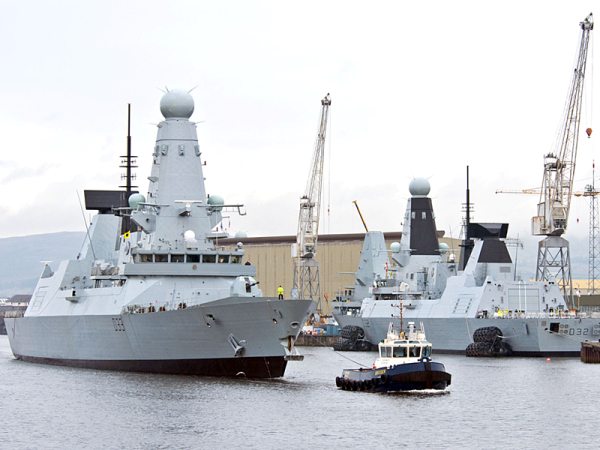After a series of highly successful flight tests, Rockwell Collins is helping military helicopter pilots get one step closer to using synthetic vision to more safely navigate their aircraft during hazardous, low-altitude missions.
Synthetic vision technology, which provides flight crews with better situational awareness in degraded visibility conditions and over unfamiliar territory, was integrated into the Rockwell Collins Common Avionics Architecture System (CAAS) for recent flight tests on a U.S. Army UH-60L Black Hawk helicopter. Advanced data management algorithms, high-resolution databases and the powerful embedded processing capabilities of the CAAS architecture, enable the system to provide an intuitive 3D synthetic view of the external environment, regardless of weather or time of day, enhancing operational safety.
“These tests demonstrated Rockwell Collins’ ability to provide significantly improved flight situational awareness for helicopter pilots in an affordable, fully embedded solution,” said Dave Nieuwsma, vice president and general manager of Airborne Solutions for Rockwell Collins. “Using existing CAAS hardware to minimize the system’s size, weight, and power impacts, we also proved that our synthetic vision system has a high technical readiness level, minimizing risk for future programs selecting our solution.”
Nieuwsma added that the synthetic vision system tests were successfully flown using many of the challenging low-altitude flight profiles commonly employed by military pilots in today’s demanding tactical environments.
“We’re flying through mountains at altitudes that are representative of a real-life mission scenario,” he said.
Rockwell Collins’ integration of synthetic vision into the CAAS cockpit is another example of the company’s unique ability to leverage technology from its commercial business for its military customers. In this case, synthetic vision, a key feature offered on the Rockwell Collins Pro Line FusionTM flight deck in both head-up and head-down versions for business and regional aircraft, is now being applied to military helicopter cockpits.
The flight tests were conducted in conjunction with a Cooperative Research and Development Agreement between Rockwell Collins and the U.S. Army’s Aviation Applied Technology Directorate. The agreement calls for Rockwell Collins to provide its CAAS cockpit as a test bed, enabling the Army to quickly develop and demonstrate new technology for the warfighter in a cost-effective manner.
CAAS is the common digital avionics architecture for rotary wing aircraft for the U.S. Army. Initially developed for the Special Operations Aviation Regiment’s MH-47G Chinook and MH-60L/M Black Hawk aircraft, the combat-proven CAAS cockpit is now deployed on heavy-lift, utility, Special Operations and Search and Rescue helicopters for U.S. and coalition forces including the UH-60, CH-47 and MH-60.
One of the first fully open, non-proprietary systems that completely embraces existing commercial standards, the system delivers a fully integrated flight and mission management capability that provides exceptional mission effectiveness.
All CAAS systems are based on Rockwell Collins’ innovative Flight2TM modular open system approach that uses widely adopted open industry standards, minimizing the costs of technology insertions and capability upgrades. By using this Flight2 integrated modular avionics architecture, the CAAS hardware and software can be easily adapted to the unique mission requirements of a broad spectrum of rotary wing aircraft.
Rockwell Collins is a pioneer in the development and deployment of innovative communication and aviation electronic solutions for both commercial and government applications. Our expertise in flight deck avionics, cabin electronics, mission communications, information management, and simulation and training is delivered by 20,000 employees, and a global service and support network that crosses 27 countries.











